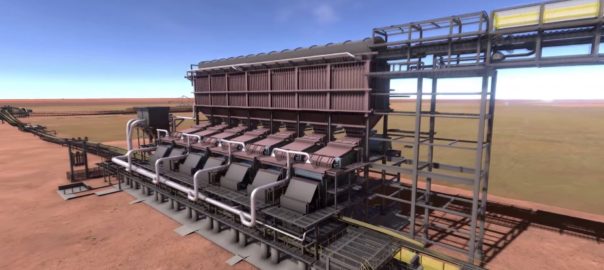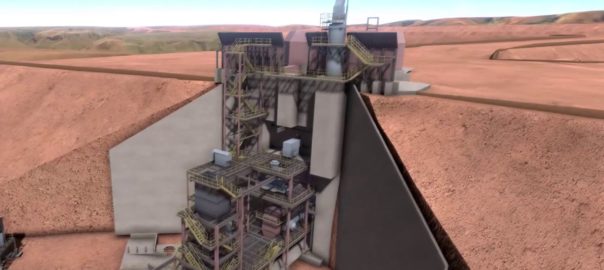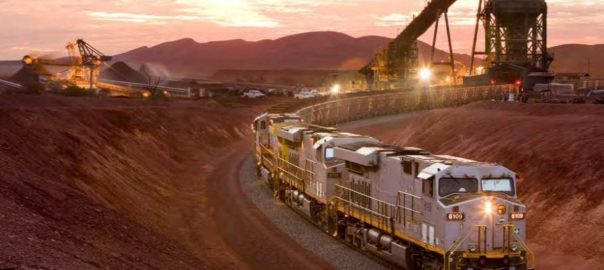Rio Tinto has confirmed Perth-based Pindan will build a 780-room construction camp at its new Koodaideri iron ore mine in Western Australia as part of a A$45 million ($33 million) contract award.
The miner approved a $2.6 billion investment in Koodaideri last month, saying it would become its most technologically advanced mine. The award to the Australia-based construction company was acknowledged in Iron Ore Chief Executive Chris Salisbury’s presentation at the WA Mining Club on Friday.
Koodaideri will deliver a new production hub for Rio’s iron ore business in the Pilbara, incorporating a processing plant and infrastructure including a 166 km rail line connecting the mine to the existing network.
Construction on Koodaideri Phase 1 will start next year with first production expected in late 2021. Once complete, the mine will have an annual capacity of 43 Mt, underpinning production of the company’s flagship iron ore product, Pilbara Blend.
In addition to mine infrastructure and the accommodation camp, an airport and mine support facilities will be built. Throughout the construction period, Rio expects to employ over 2,000 people with 600 permanent roles created once the mine is operational.









